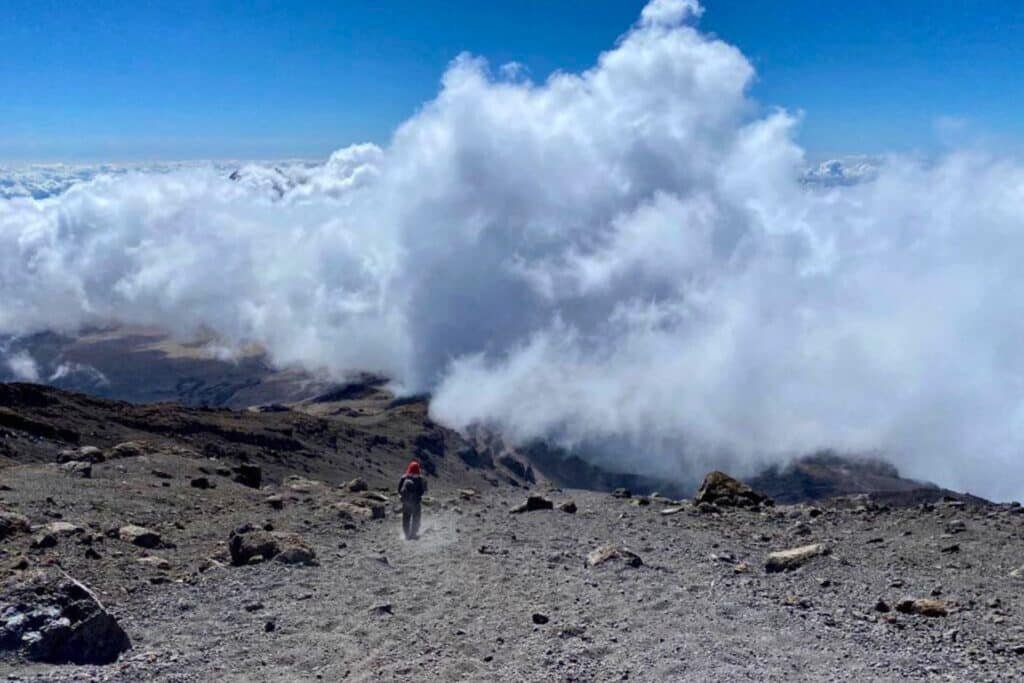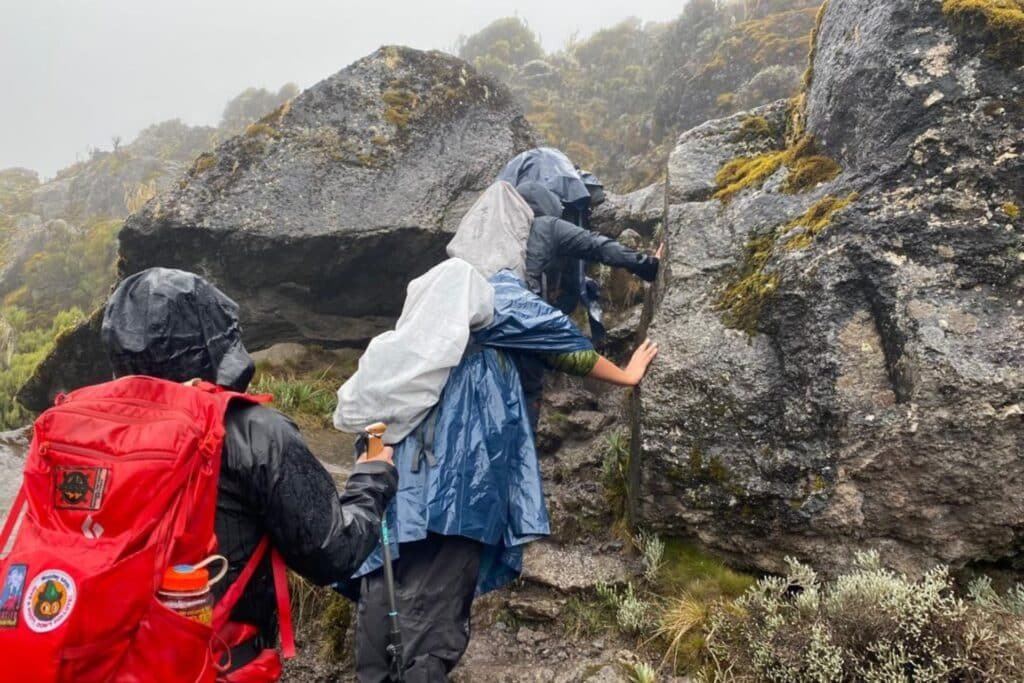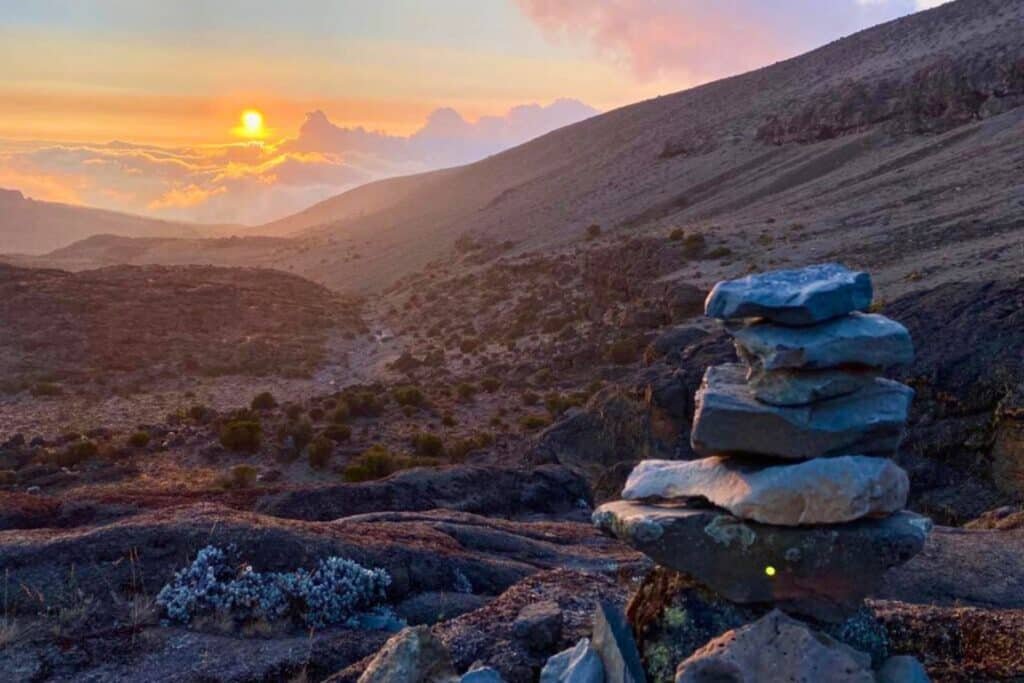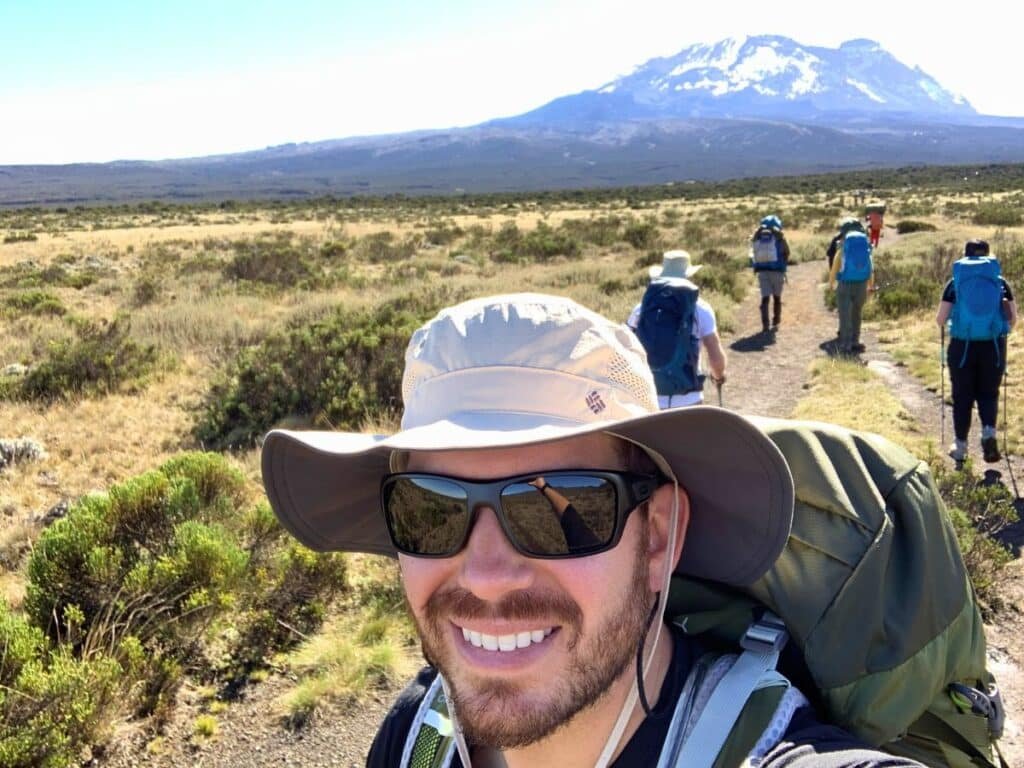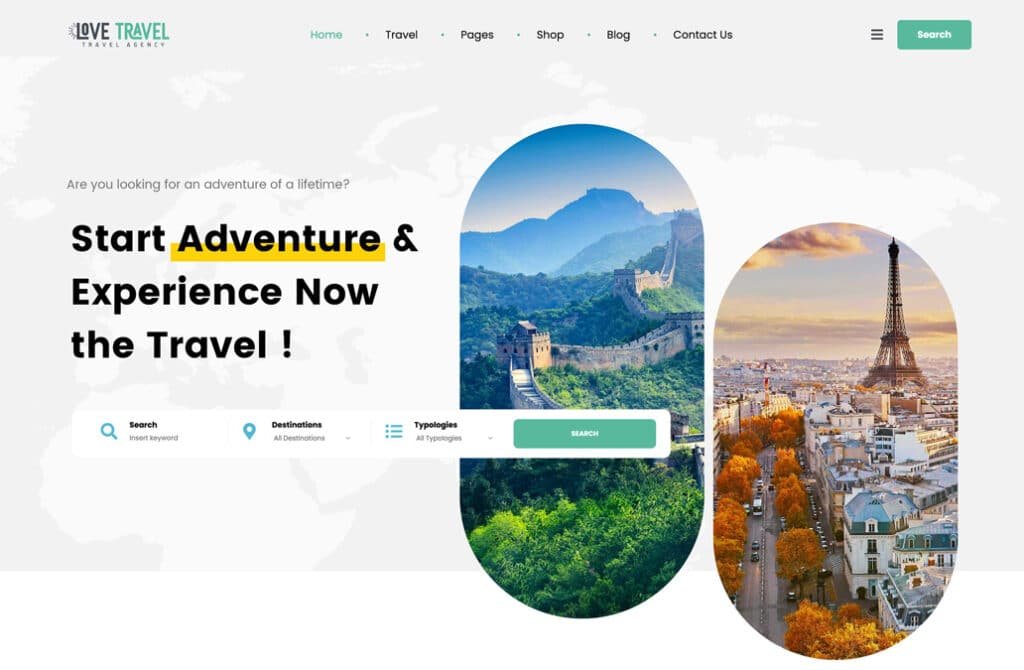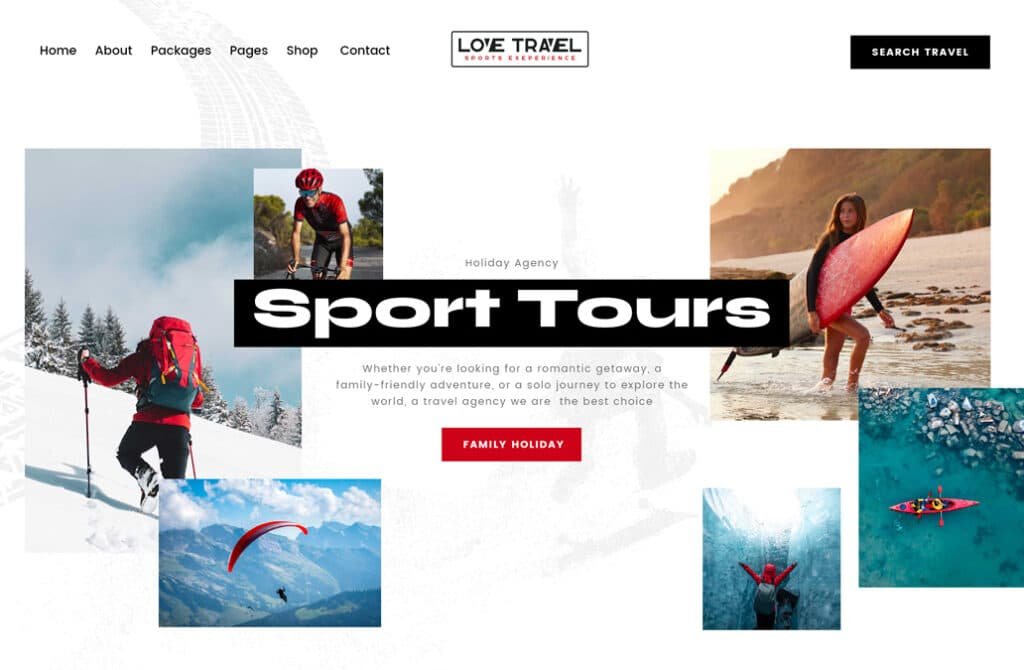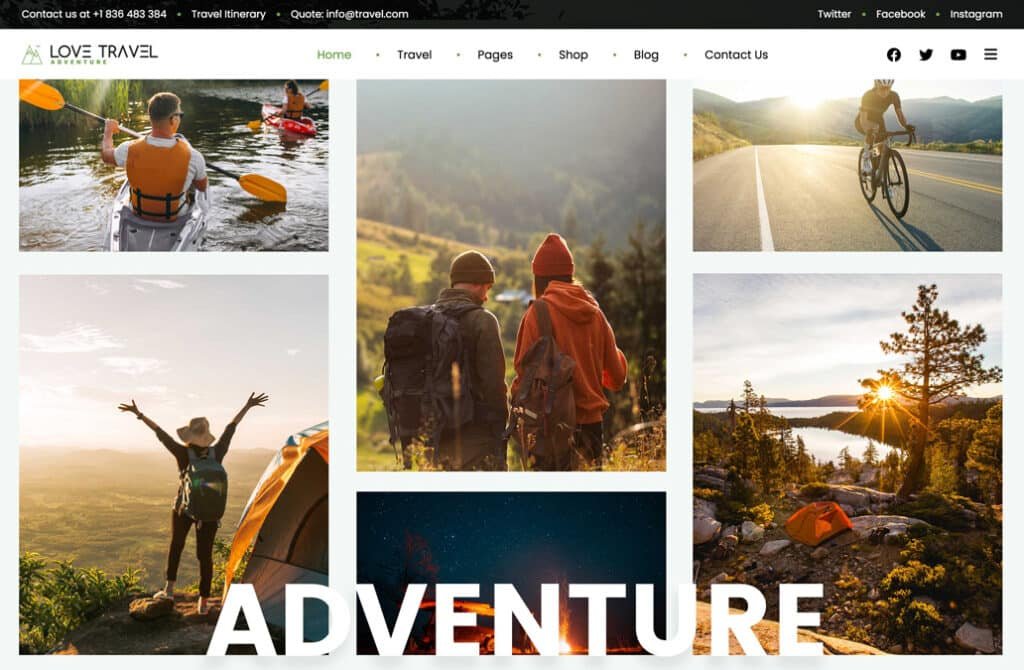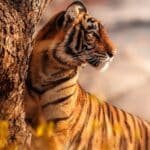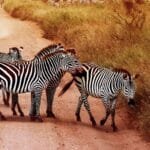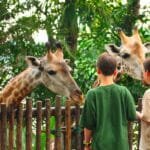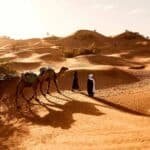Planning your Kilimanjaro trek is exciting—but timing is everything. With shifting weather patterns, changing trail conditions, and varying crowd levels, choosing the right season can make or break your climb.
Want clear skies and epic summit views? Prefer fewer crowds and a more peaceful trek? Or maybe you’re willing to tackle the challenge of a rainy-season ascent? Whatever your preference, understanding Kilimanjaro’s best climbing seasons will help you maximize your experience and your chances of reaching the summit.
Quick Summary of the Best Time to Climb Kilimanjaro
Short Dry Season (December to Mid-March):
Pros: Clear skies, mild weather, and fewer crowds in January and February. Potential for snow at the summit, adding to the beauty of the trek.
Cons: Can be slightly busier around holiday periods, and temperatures near the summit can be frigid.
Long Rainy Season (Late-March to Early June):
Pros: Less crowds—perfect for experienced trekkers who prefer to avoid crowds.
Cons: Wet and slippery trails, poor visibility, and potentially more challenging trekking conditions.
Long Dry Season (Late-June to October):
Pros: Prime trekking conditions with cool, stable weather and excellent visibility. Ideal for those looking for the easiest trail conditions.
Cons: It’s the most popular time, so expect more crowds, especially on popular routes like Machame and Marangu.
Short Rainy Season (November to Early December):
- Pros: Quieter trails for those seeking solitude, with fewer climbers on the mountain.
- Cons: Unpredictable rain showers can make the lower trails muddy, and visibility is often reduced by cloud cover.
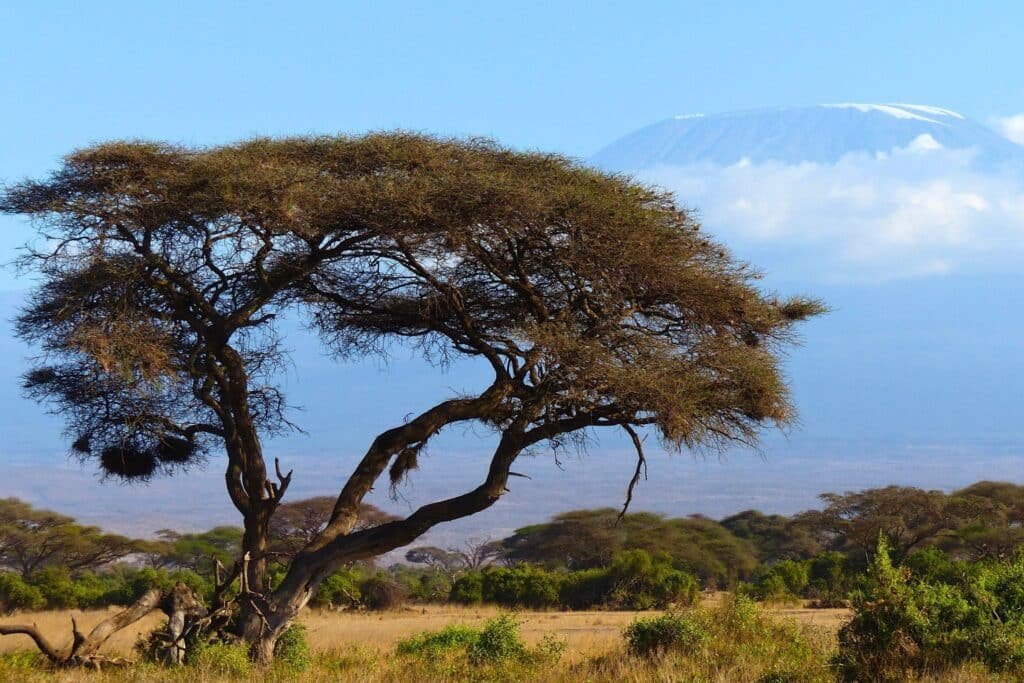
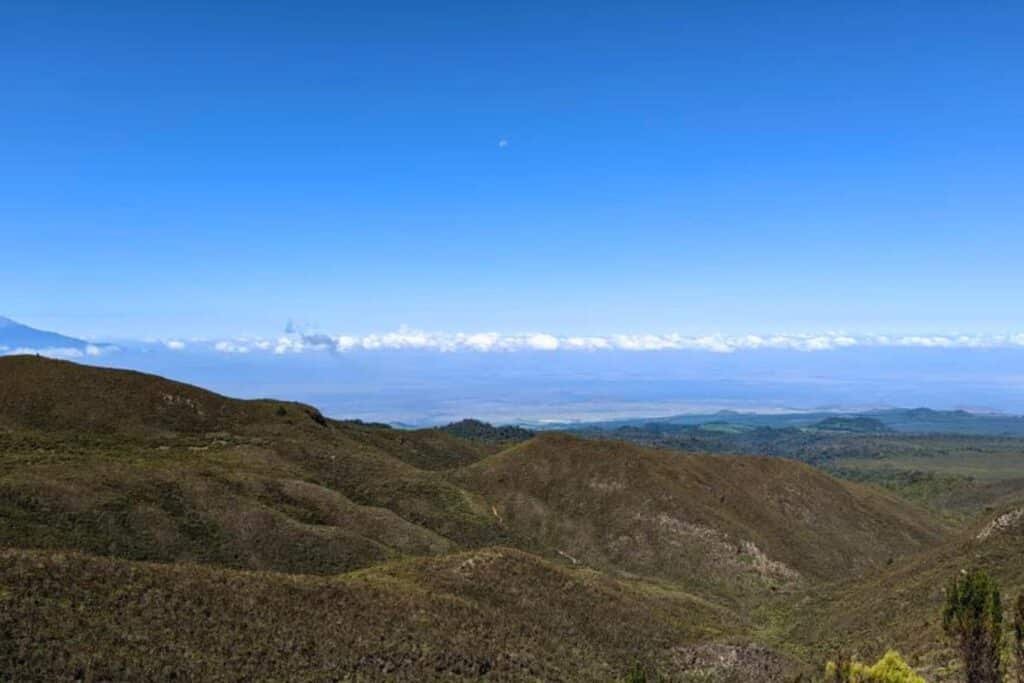
What’s the Best Time of Year to Climb Kilimanjaro?
Short answer? The long dry season (June–October) is your best bet.
But there’s more to it. Kilimanjaro’s height and location near the equator create wildly different climates—you’ll experience everything from humid rainforest to arctic cold in just one climb. That’s why timing matters.
The Best Seasons to Climb
Kilimanjaro has two ideal trekking seasons with the best weather:
🔹Late June to October (long dry season) – Most popular, clear skies, stable temps, lower rain risk.
🔹December to mid-March (short dry season) – Warmer, fewer climbers, but occasional showers.
These months offer better visibility, safer trails, and more comfortable trekking. Less rain means fewer muddy trails in the rainforest zone and lower chances of bad weather slowing you down.
Kilimanjaro Climate Zones
As you ascend from the base of the mountain, you’ll pass through five climate zones—each with its own quirks:
🌾 Cultivation Zone (fertile farmland, warm & humid) – The base of Kilimanjaro, where locals grow coffee, bananas, and maize. This lush area surrounds the mountain before you enter the rainforest.
🌴 Rainforest (humid & lush) – The first trekking zone, full of dense jungle, towering trees, and tropical wildlife. It’s warm and can get muddy after heavy rain.
⛰️Moorland (grassy, open plains) – The trees thin out, replaced by giant heathers and unique flora. It’s cooler, less humid, and starts feeling more remote.
🏜️ Alpine Desert (dry, windy) – A barren, rocky expanse with big temperature swings—hot during the day, freezing at night. Oxygen levels start to drop here.
❄️ Arctic Summit (freezing & oxygen-thin) – Snow, ice, and serious cold. The air is thin, making every step toward Uhuru Peak feel like an achievement.
Choosing the right season means fewer surprises and a smoother trek—giving you the best chance at a successful summit.
We suggest trekking during the dry seasons for the best experience. That means fewer weather delays, better acclimatization, and epic summit views.
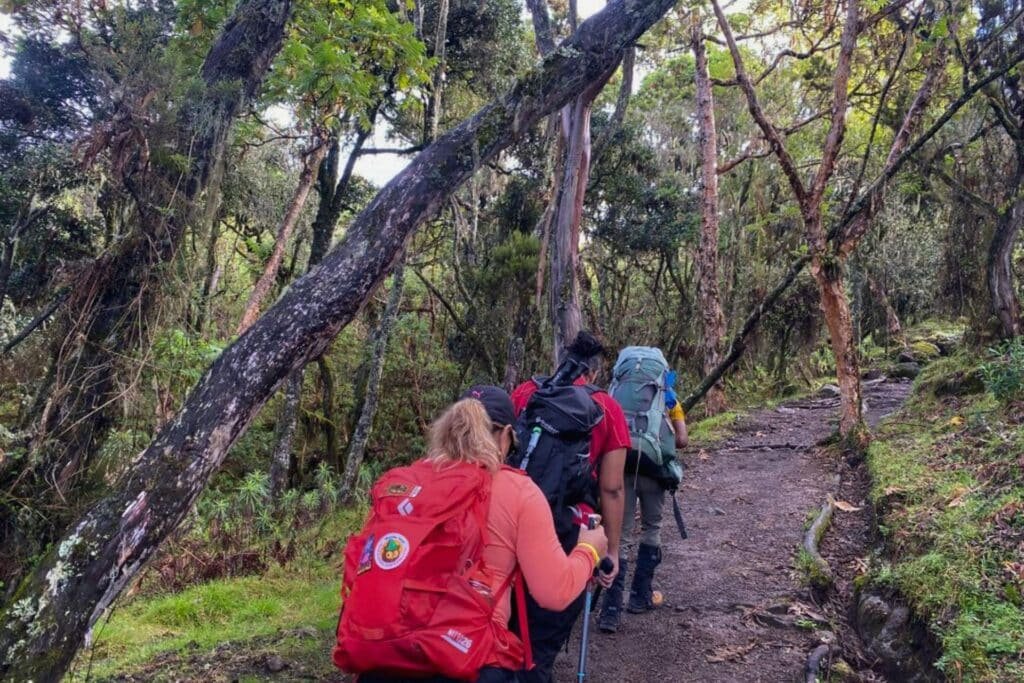
Kilimanjaro Climbing Seasons: Month-by-Month
Kilimanjaro’s weather is as varied as the landscapes you’ll trek through. Knowing what to expect each season helps you pick the perfect time for your climb.
Short Dry Season (December to Mid-March)
If clear skies, mild temperatures, and dry trails sound good to you, this is one of the best times to climb.
✅ Great visibility – Less cloud cover, stunning panoramic views.
✅ Comfortable trekking – Stable temperatures at most altitudes.
✅ Fewer crowds – Especially in January and February.
One bonus of climbing in this season? Snow at the summit! While Kilimanjaro is near the equator, January and February often bring a dusting of snow to Uhuru Peak—making your victory photo even more epic.
Long Rainy Season (Late March to Mid-June)
Expect heavy rain, slippery trails, and cloudy skies—which is why most trekkers avoid this season.
⚠️ Rainforest zone gets muddy – Think wet boots and challenging terrain.
⚠️ Cloud cover limits views – Those sweeping vistas? Not as visible.
⚠️ Slippery rocks at higher elevations – Adds an extra challenge.
But if you’re an experienced hiker who loves solitude, this might be your time. Fewer climbers mean quieter trails, giving you a more remote, off-the-beaten-path experience; just be ready for the elements with proper gear.
Long Dry Season (Late June to October)
If you’re looking for prime trekking conditions, this is one of the best times to climb Kilimanjaro.
✅ Clear skies & epic views – Perfect for those summit sunrise photos.
✅ Cooler temps – Comfortable trekking without extreme heat.
✅ Drier trails – Less mud, easier footing, and a smoother ascent.
The Catch? It’s Peak Season.
This is when most climbers hit the trails, meaning busier camps and routes. If you want to trek during these months, book early to secure your spot! The energy on the mountain is incredible, with adventurers from all over the world taking on the challenge.
Short Rainy Season (November to Early December)
This season is unpredictable, which is why many trekkers skip it.
⚠️ Heavy rains can make trails slippery – Especially in the rainforest zone.
⚠️ Cloud cover – Say goodbye to some of those legendary views.
⚠️ Less stable weather – Expect sudden showers along the way.
But there’s a silver lining…this is one of the least crowded times to climb. If you’re okay with a little extra rain and have solid waterproof gear, you’ll enjoy a more peaceful, less tourist-heavy Kilimanjaro experience.
What’s the Best Season for You?
Your ideal climbing season depends on what matters most to you:
🔹Best weather & clear views? Go for the dry seasons (June–Oct & Dec–March).
🔹More solitude & don’t mind rain? The rainy seasons offer fewer crowds.

Choosing the Best Time to Climb Kilimanjaro Based on Your Goals
The best time to climb Kilimanjaro depends on your personal preferences—fitness level, tolerance for crowds, and comfort with different weather conditions. Here’s how to pick the right season for you.
Fitness & Comfort
Want the easiest, most comfortable trek? Stick to the long dry season (June–October) or short dry season (December–March).
✅ Stable weather – Cooler temperatures make hiking less demanding.
✅ Drier trails – Less mud, fewer slippery sections.
✅ More sunshine – Motivation levels stay high.
These months are perfect if you want to conserve energy and avoid unnecessary challenges on the trail.
Less Crowded Climb
Prefer less crowds over busy trails? Consider off-peak seasons like:
🌧 Long rainy season (April–early June)
🌧 Short rainy season (November–early December)
✅ Fewer climbers – Enjoy a quieter, more personal experience.
⚠️ Unpredictable weather – More rain, muddy trails, and reduced visibility.
If you don’t mind a little rain and want to feel like you have the mountain to yourself, this is your time—just bring solid rain gear!
Better Altitude Acclimatization
No matter when you climb, acclimatization is critical to avoiding altitude sickness and reaching the summit safely.
✅ Choose longer routes – Lemosho or Northern Circuit provide gradual ascents.
✅ Dry seasons are best – Fewer weather delays mean smoother trekking.
✅ Listen to your body – Slow and steady wins the altitude game.
If you’re prone to altitude sickness or new to high-altitude trekking, picking a longer route during the dry season gives you the best shot at success.
So, When’s Your Best Time to Climb?
🔹 If you’d like better weather which makes for easier trekking, go for the dry seasons.
🔹If you prefer less crowds and don’t mind rain, try off-peak months.
🔹If you are worried about acclimatization and are choosing a longer route, opt for months with stable weather.


